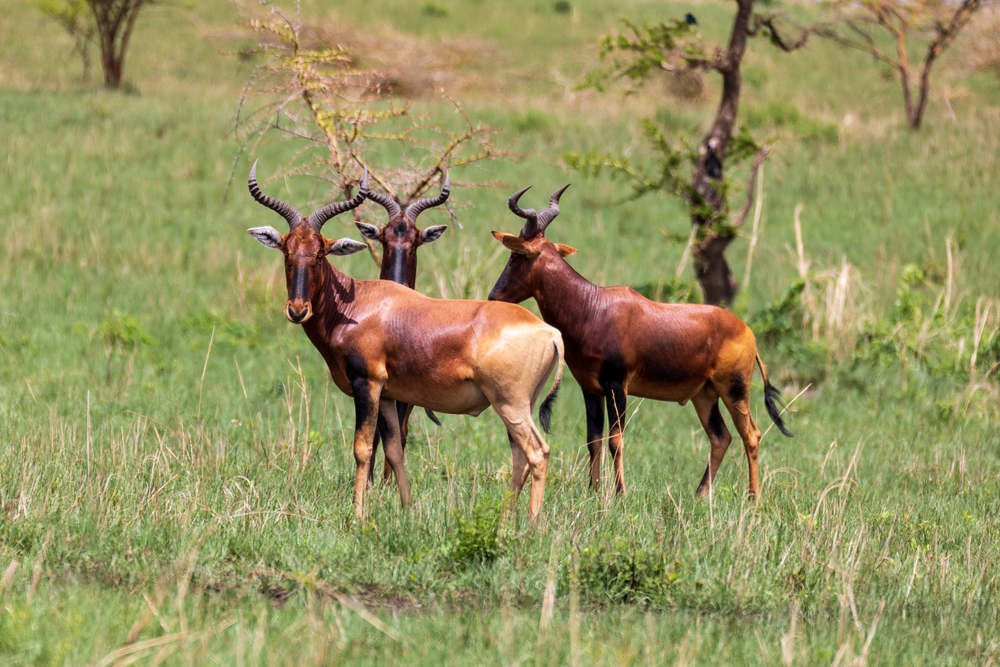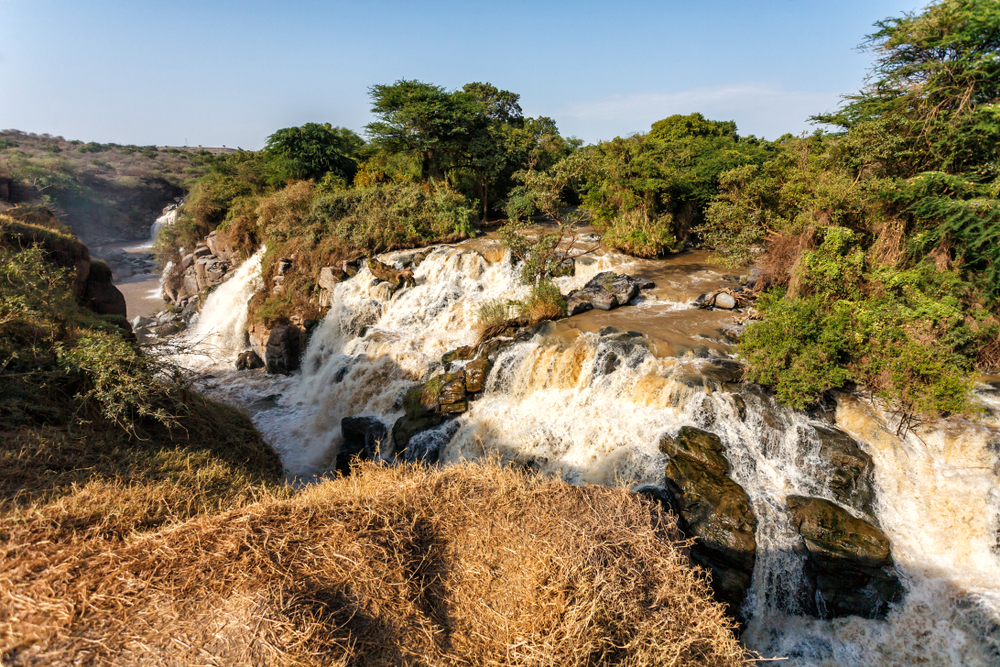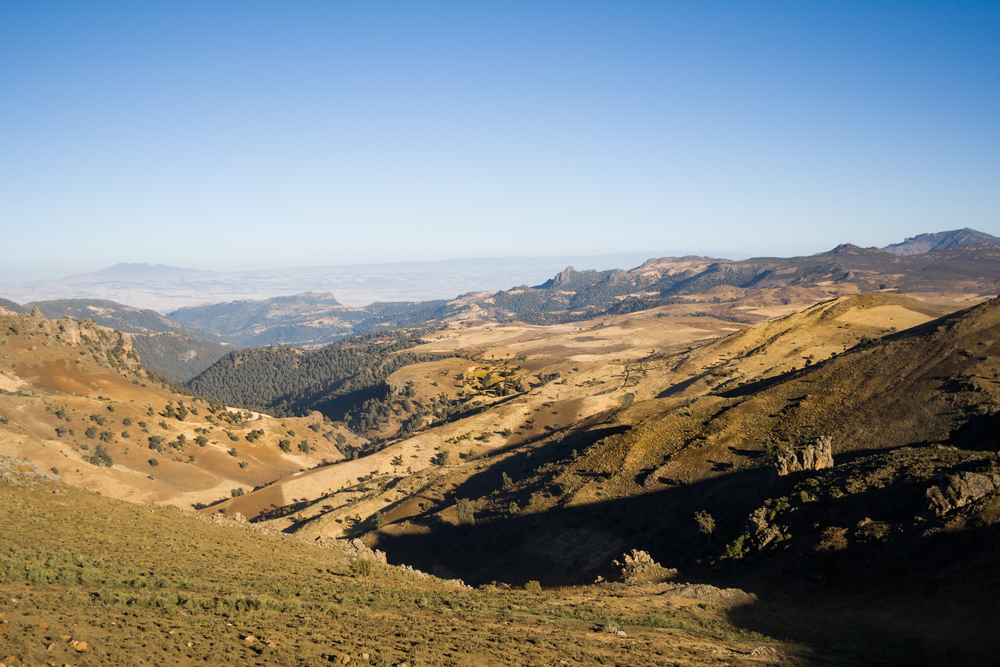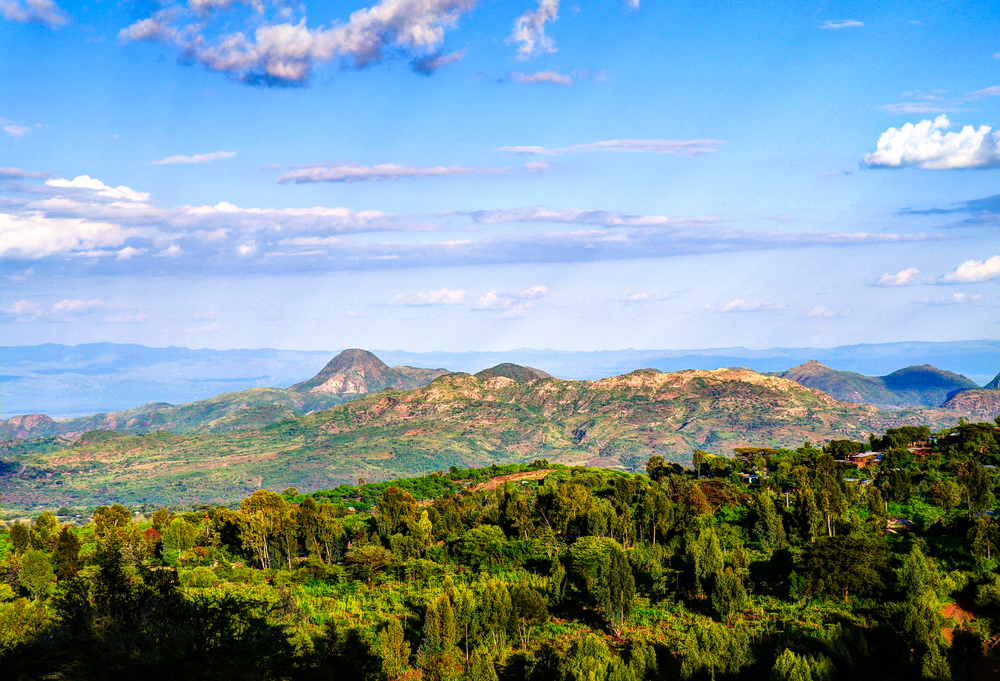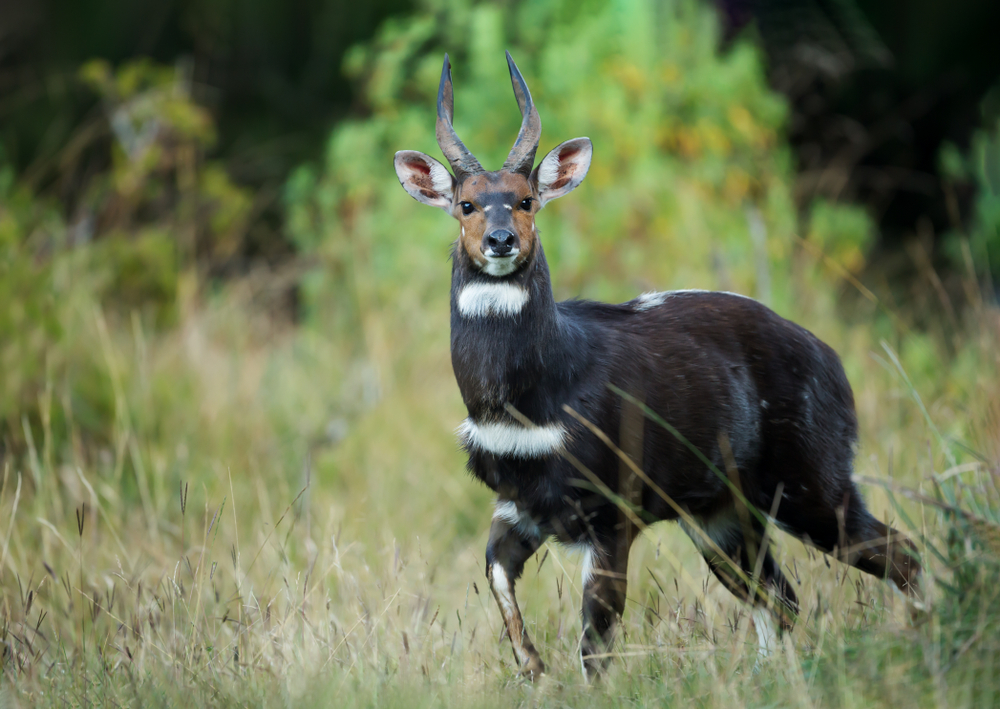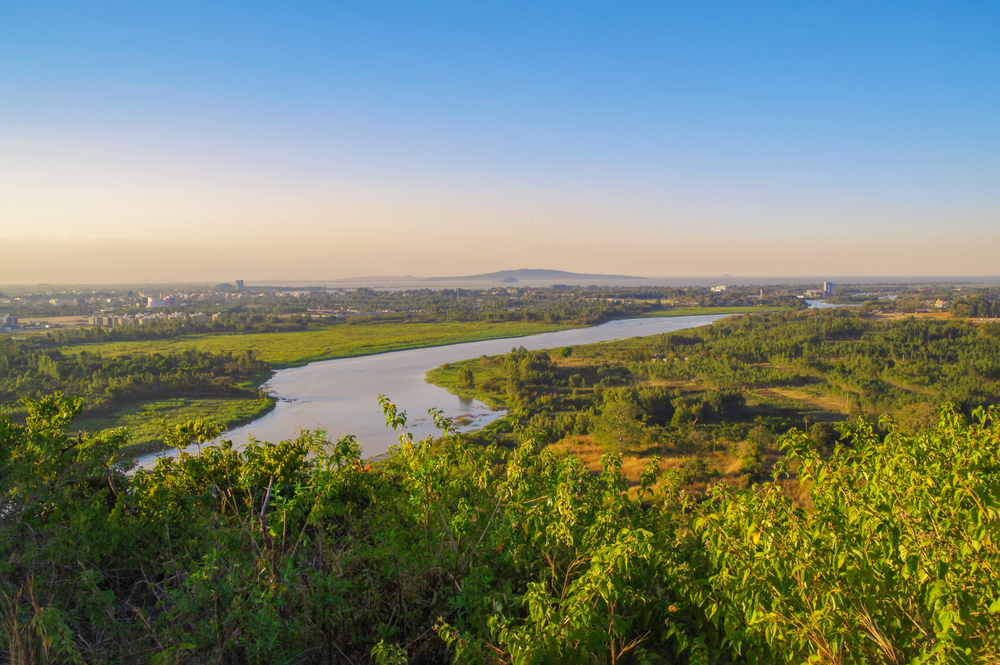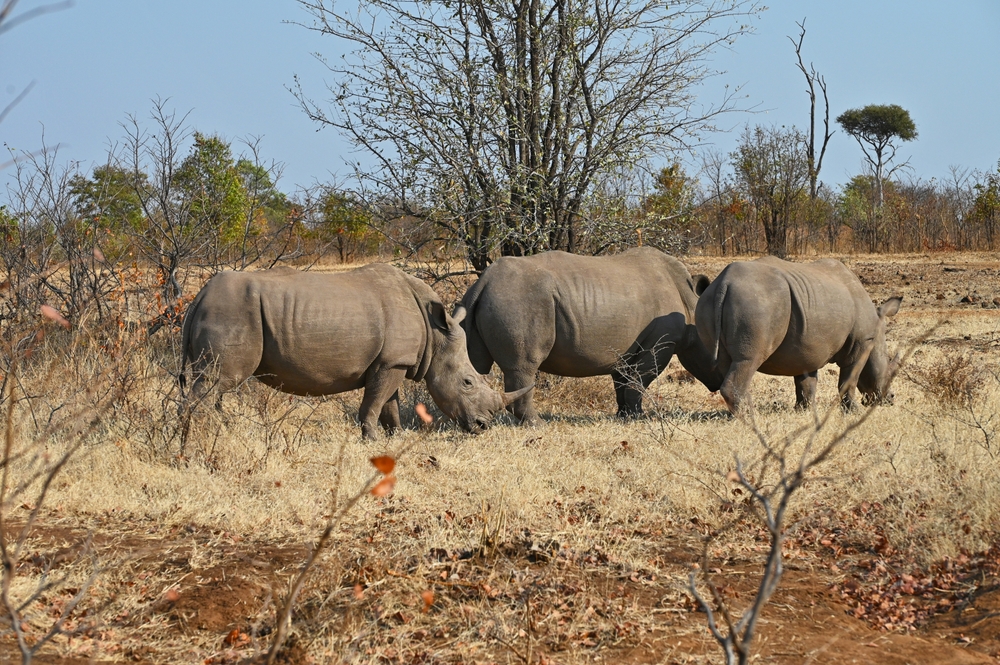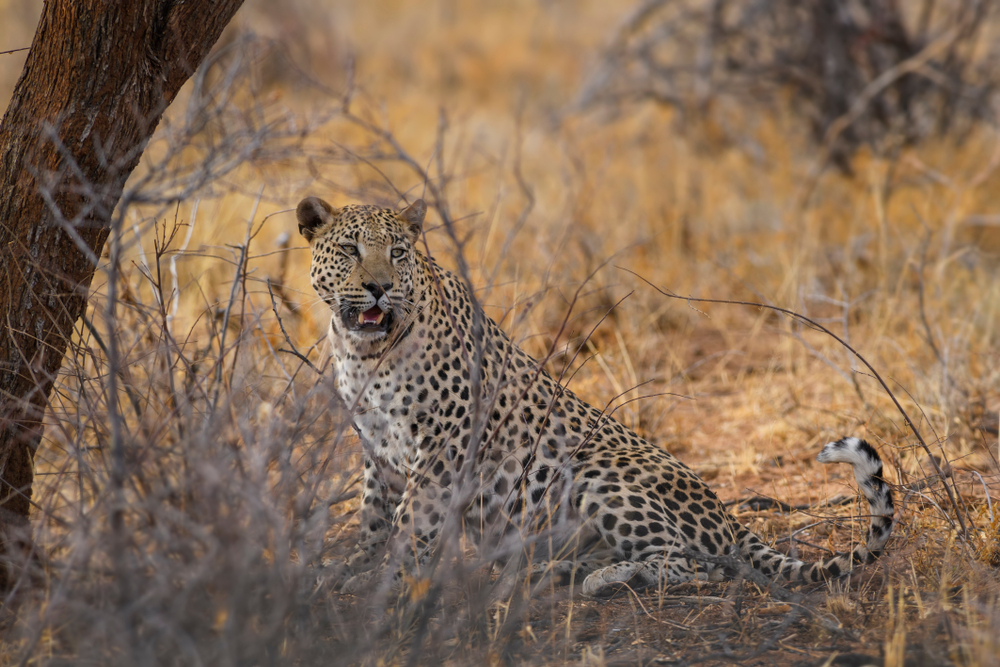Maze Overview
Maze National Park, located in the Southern Nations, Nationalities, and Peoples’ Region (SNNPR) of Ethiopia, is a unique protected area known for its diverse landscapes and ecological significance. Locally referred to as “Maaze National Park”, it spans an area of approximately 210 square kilometers (81 square miles) and was established in 2005. The park is named after the Maze River, which traverses the area and plays a crucial role in sustaining its biodiversity. It is one of Ethiopia’s smaller national parks but holds immense importance for the conservation of endemic and endangered species.
The terrain of Maze National Park is a blend of grasslands, savannas, woodlands, and riverine ecosystems. The park’s elevation ranges from 1,000 to 1,200 meters above sea level, creating a warm climate that supports its rich biodiversity. The Maze River and other tributaries provide water resources that nourish the vegetation and sustain the wildlife. The dominant vegetation includes acacia trees, thorny bushes, and grasses, while the riverbanks are lined with dense forests, adding to the ecological diversity.
Maze National Park is particularly famous for its population of the endangered Swayne’s hartebeest, an antelope species endemic to Ethiopia. This makes the park a critical conservation area for the species. Other notable wildlife includes oryxes, buffaloes, warthogs, and bushbucks. Predators such as leopards and hyenas are also present, maintaining the park’s ecological balance. Birdlife is abundant, with species like African fish eagles, Abyssinian ground hornbills, and various kingfishers adding to the park’s avian diversity. Reptiles such as Nile crocodiles and monitor lizards thrive in the park’s wetlands and river systems.
Visitors to Maze National Park can explore its natural beauty through guided safaris and wildlife observation tours. Birdwatching is a popular activity, especially near the riverbanks, where many species congregate. Hiking and trekking trails provide opportunities to experience the park’s landscapes and observe its flora and fauna up close. The Maze River offers serene spots for picnics and photography, while cultural interactions with local communities, such as the Gamo people, provide insights into their traditions and sustainable practices.
Despite its ecological importance, Maze National Park faces challenges such as habitat loss, human-wildlife conflict, and limited resources for conservation. Encroachment by agricultural activities and overgrazing threatens its delicate ecosystems. The Ethiopian Wildlife Conservation Authority (EWCA), along with local and international partners, is actively working to address these issues. Conservation efforts include habitat restoration, anti-poaching measures, and community-based programs aimed at promoting sustainable resource use. Plans to develop eco-tourism infrastructure are also underway to generate revenue and enhance awareness about the park’s value.
Maze National Park is a vital part of Ethiopia’s natural heritage, offering a sanctuary for endemic species and a glimpse into the country’s diverse ecosystems. Its role in conserving the endangered Swayne’s hartebeest and supporting local communities highlights its ecological and cultural significance. Protecting Maze ensures the preservation of its unique biodiversity for future generations.








































































